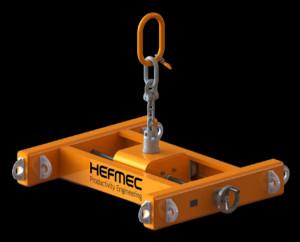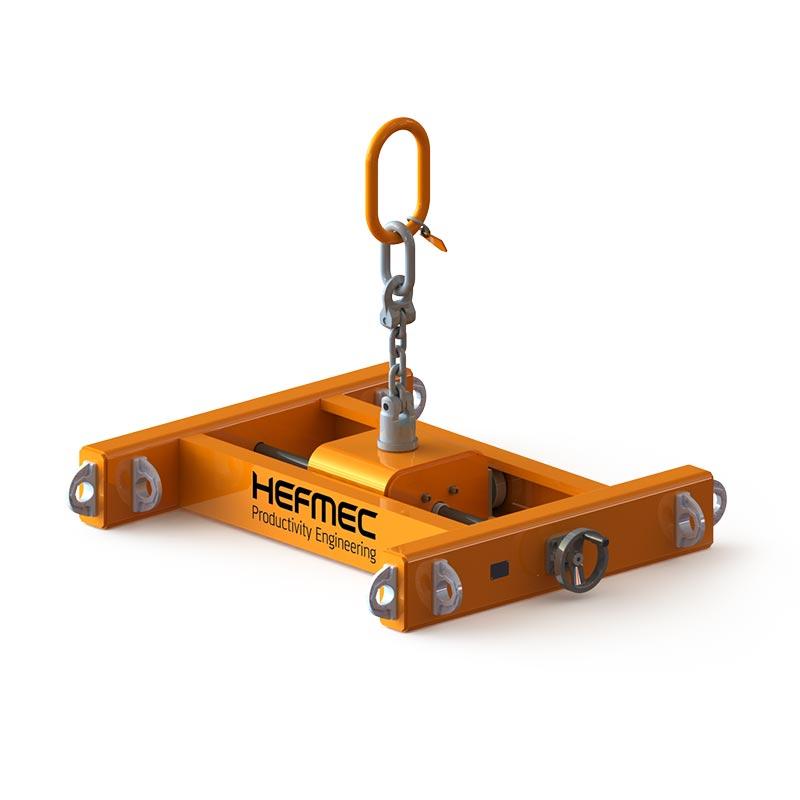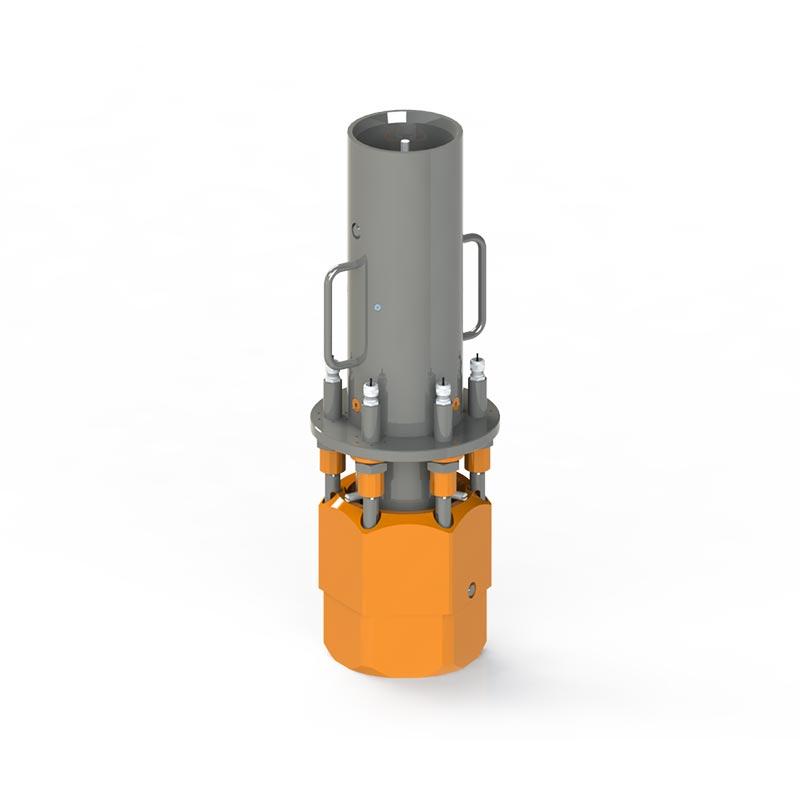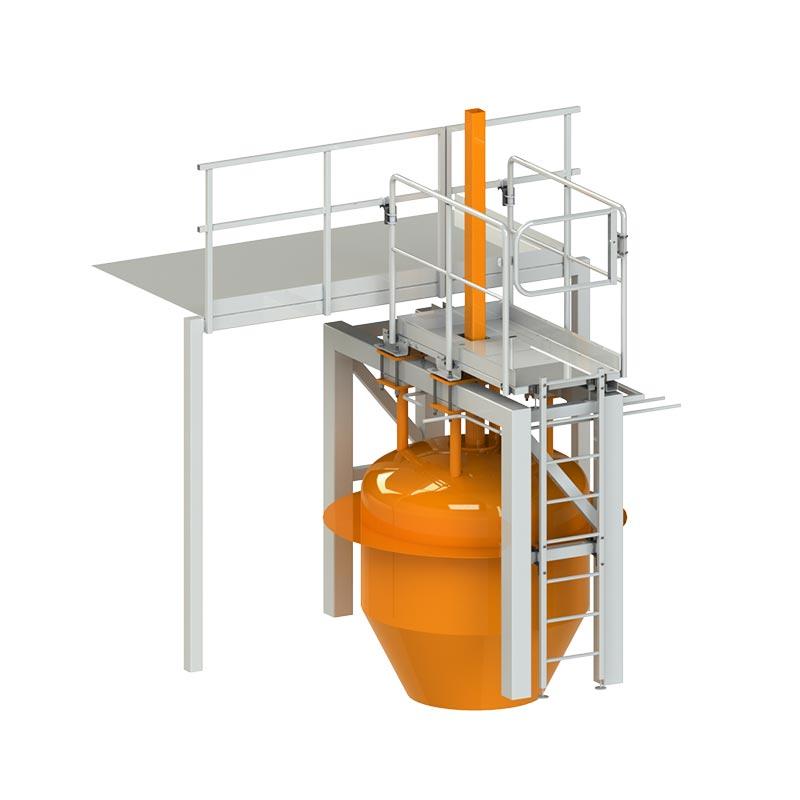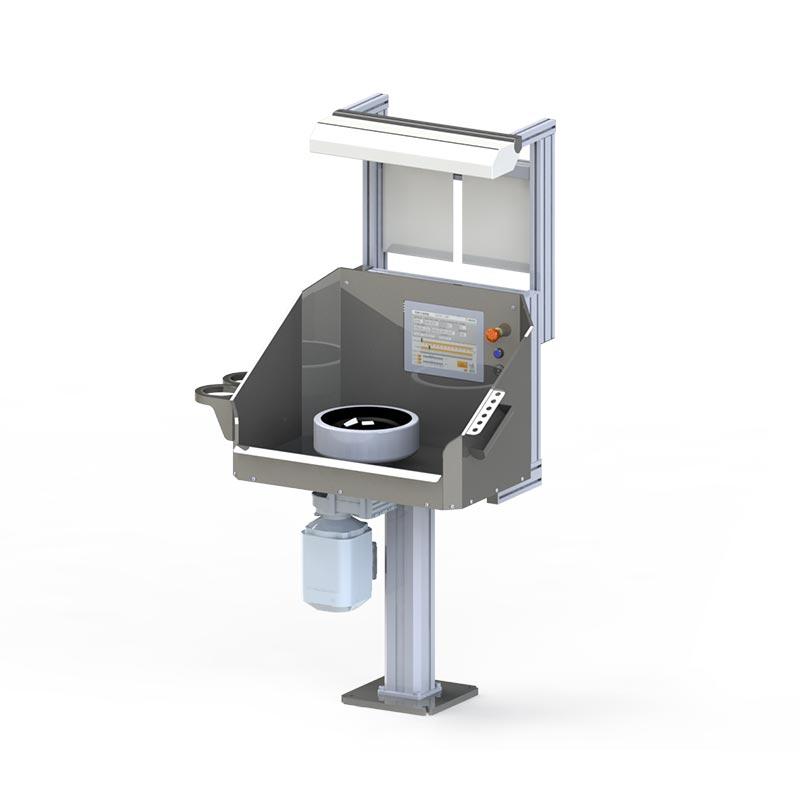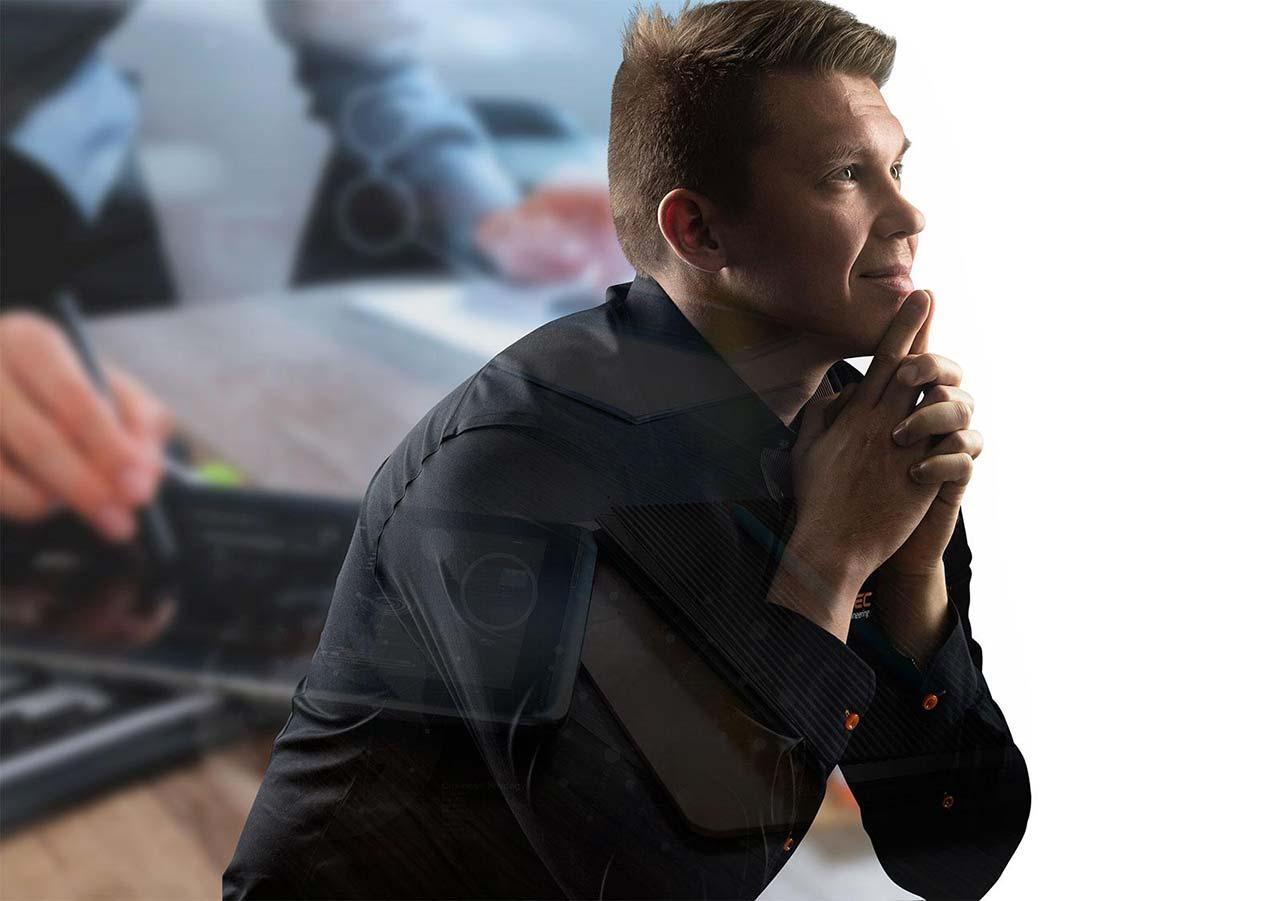The role of mechanical design in industry
Mechanical design is a key part of industrial development and productivity improvement. It covers a wide range of activities, from the design of machines and equipment to their optimisation and maintenance. Mechanical design can improve the efficiency of production processes, reduce downtime and increase the flexibility of production lines.
Keeping industry competitive requires continuous innovation and development. Mechanical design provides the tools and methods to meet these challenges. For example, simulation software and digital twins can be used to anticipate and solve potential problems before they occur in production. This reduces risks and costs, which is particularly important in today’s rapidly changing market environment.
Improving productivity through optimisation
Optimisation is one of the key aspects of mechanical design that directly affects productivity. By optimising the operation of machinery and equipment, significant improvements in production efficiency can be achieved. This can mean, for example, improving energy efficiency, reducing material wastage or increasing production speed.
The optimisation process often starts with a current state analysis, which identifies the weaknesses and areas for improvement in the production process. This is followed by the development and testing of different solutions to improve the performance of the process. Finally, the best solution is selected and put into practice. This systematic approach ensures that the optimisation measures are effective and deliver the desired results.
Innovative solutions and technologies
Mechanical design increasingly makes use of new technologies and innovative solutions. For example, 3D printing and robotics have revolutionised many industries, offering new opportunities to improve production efficiency and reduce costs. 3D printing allows complex parts to be produced quickly and cost-effectively, reducing the need for expensive and time-consuming machining processes.
Robotics, in turn, enables the automation of production processes, improving flexibility and reducing the risk of human error. Robots can also be used to perform dangerous or physically demanding tasks, improving safety at work and the well-being of workers. However, the integration of these technologies into mechanical design requires in-depth knowledge and experience to use them effectively and safely.
The importance of collaboration in mechanical design
Effective mechanical design requires close cooperation between different stakeholders. This means that designers, engineers, production staff and customers work together to achieve common goals. Collaboration ensures that all parties understand the requirements and objectives of the project, reducing misunderstandings and improving the chances of project success.
Working together also enables a faster and more flexible response to changes and challenges. For example, if problems arise in the production process, close cooperation enables rapid problem-solving and implementation of the necessary changes. This improves production continuity and reduces downtime, which is critical for productivity.
Sustainability and environmental friendliness
Sustainability and environmental friendliness are increasingly important factors in mechanical design. Industry must meet growing environmental demands and strive to reduce its carbon footprint. Mechanical design can help develop energy-efficient and environmentally friendly solutions that reduce the environmental impact of production.
For example, the design of energy-efficient engines and equipment can significantly reduce energy consumption and therefore production costs. In addition, the recycling and reuse of materials are key elements in promoting sustainable development. Mechanical design can be used to develop solutions that enable efficient recycling of materials and reduce waste.
Future perspectives in mechanical design
The future of mechanical design looks promising, as technological developments and digitalisation offer new opportunities and challenges. For example, artificial intelligence and machine learning can revolutionise mechanical design processes, providing new tools and methods to support design and optimisation. AI can be used to analyse large amounts of data and find new solutions to complex problems.
Digitalisation also enables closer cooperation and information sharing between different stakeholders. For example, cloud computing and the Internet of Things (IoT) offer new opportunities to monitor and optimise production processes in real time. This improves the flexibility and responsiveness of production, which is critical in today’s fast-changing market environment.
Hefmec continuously strives to develop and improve our mechanical design processes to provide our customers with cost-effective and high-quality products. We believe that efficient mechanical design is key to developing a successful product and managing its costs.

